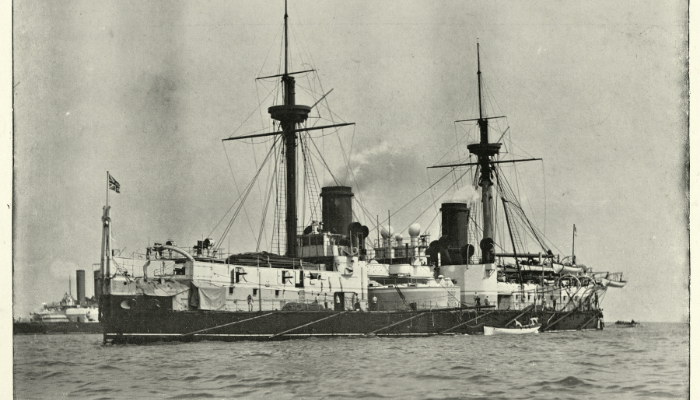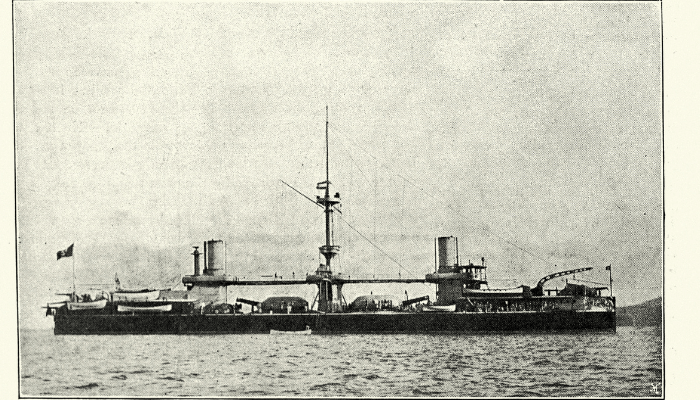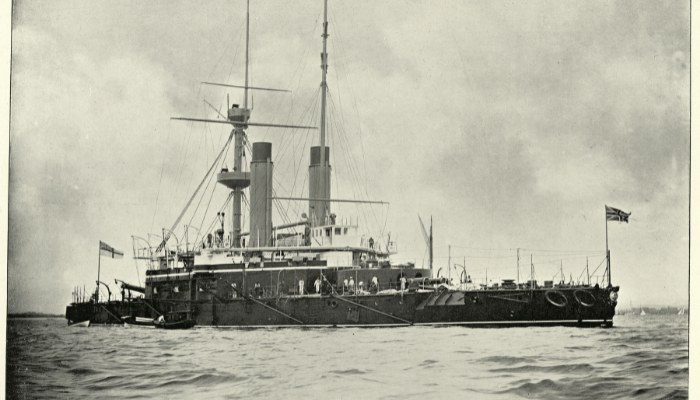Great War Vessels: What are Iron Clad Ships?
The United States’ Civil War in the mid-19th century set the stage for a many great things. Featured in this list of revolutionary pinnacles and achievements lies the unique creation and usage of war ships known as the ‘Ironclads.’
Though the initiation of the iron clad war ships started with the French in the 1850s, it took the Civil War to revolutionise the concept, paving the way for building war ships in the post-civil war era.

Iron Clad Features & Singularity
The body of the civil war ships was made of iron shields which gave them a superior distinction from the then-conventionally used wooden vessels. Also since the iron clad ships were powered by steam, it added to their speed while moving in the water.
The protective iron shields led the ships to be nearly impenetrable when the opposition’s ammunition struck their hulls. Also, some of these civil war vessels were built specifically to pound against the opponent’s vessels rendering them incapacitated in the line of duty.
The Civil War Ironclad was basically divided into four broad types which can be exposited as follows:
- The conventional hulled ironclads, as their name suggests, had the make and the body of the conventionally built vessels of that era.
- The scows whose bottom was flat and which was generally operated on shallower river parts. Certain scows were also designed in the shape of a catamaran for better propelling in the water.
- The monitor vessels which had dual hulls to protect them from enemy ammunition in the waters. The topmost hull was shaped like a raft and offered constancy to the vessel while on water, whilst the secondary hull housed the engines and the ammunition necessary for the ship to conduct warfare.
The initially built vessels, on account of their disjointing between the dual hulls, were susceptible to enemy warfare. In the later years though, this deficiency in the construction of these models of the iron clad vessels were eliminated successfully.

- The casemate were ironclad vessels that were designed by the Confederates. The casemate vessels, were designed similar to the scows and the monitor vessels but with far more effectiveness than these two vessel models.
Monitor & Virginia
Before delving into the construction and building of the war vessels, it needs to be understood about the dynamics of geography in the United States at the time of the Civil War. The shipbuilding yards of the nation were concentrated in those areas controlled by the Union while the Confederate states were literally bereft of shipyards.
While the Union were faster to adapt to the revolutionising technology of iron clad war ships, the Confederate states in comparison were slower on account of their want of shipyards. But after thorough deliberation, the Confederacy states turned to international parties to solve their deficiency of shipyards. The very first civil war ironclad acquired by the Confederates, however, was the Merrimack.

The Merrimack was a derelict vessel that was deserted by the Union navy-men which was restored, re-fitted and re-named by the Confederate shipbuilders as CSS Virginia. At the time of Virginia’s completion of overhauling, the Union army had nearly seven ironclad vessels – which meant nearly seven times the strength and capacitance of the newly acquired Confederate vessel.
In fact, the very first battle between the Civil War ships was fought between the USS Monitor and the CSS Virginia in the year 1862, which has a special place in the American Civil War history. This battle of the ironclads was more about the technology of the vessels than the outcome of one particular vessel’s superiority over the other.
Difference
The Union ironclad vessels differed greatly to the Confederate ones. While the former were used to attack the Confederacy ramparts and were thus in constant motion in the rivers, the latter vessels were deployed on the riverbanks to ensure that the Union army did not attack their ramparts and vessels. The role of the Confederacy ironclad can thus be summarised to being a strategically placed defender than a strategically poised attacker.
Post Civil War
Even though the war vessels were used extensively in the Civil War, their popularity began to recede towards the latter part of the 1800s on account of development in the warship building technology. This led to gradual reduction in the usage of the ironclads and by the mid-20th century, the ironclad vessels had become a part of the rich history of naval operations carried out.
The US Civil War might have been a blemish in the prolific history of the nation. But in those times of adversity, the people of the country showed a likeminded attitude towards technological development, inadvertently leading to a country moving forward – together and single-mindedly. This positivity in the damaging course of events of the Civil War makes the war memorable for more than its negativity.
Do you have info to share with us ? Suggest a correction
About Author
Marine Insight News Network is a premier source for up-to-date, comprehensive, and insightful coverage of the maritime industry. Dedicated to offering the latest news, trends, and analyses in shipping, marine technology, regulations, and global maritime affairs, Marine Insight News Network prides itself on delivering accurate, engaging, and relevant information.

About Author
Marine Insight News Network is a premier source for up-to-date, comprehensive, and insightful coverage of the maritime industry. Dedicated to offering the latest news, trends, and analyses in shipping, marine technology, regulations, and global maritime affairs, Marine Insight News Network prides itself on delivering accurate, engaging, and relevant information.
Subscribe To Our Newsletters
By subscribing, you agree to our Privacy Policy and may receive occasional deal communications; you can unsubscribe anytime.
Web Stories









This article is really good and i thought it had great info on ironclads.